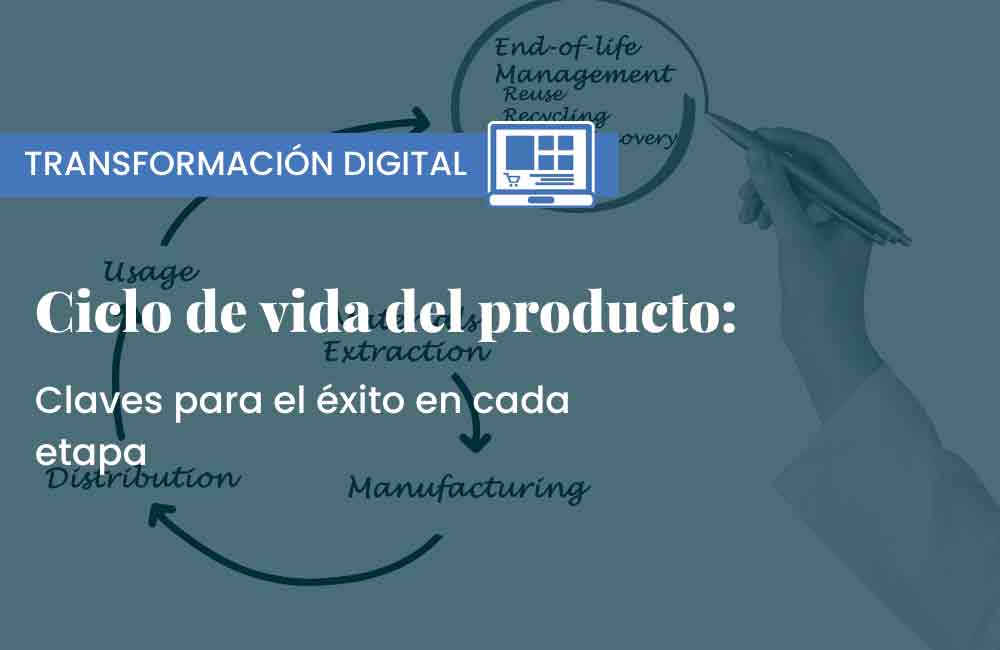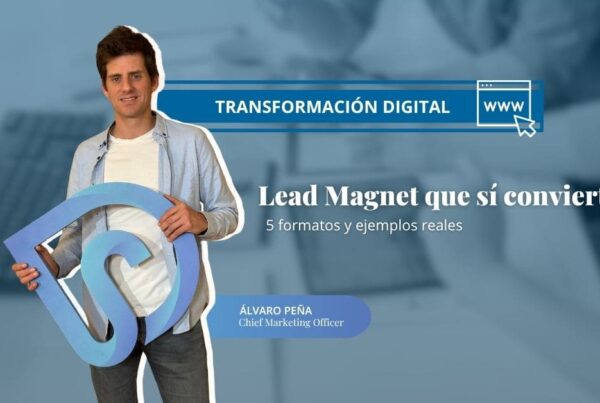The product life cycle is the process a product goes through from creation to disposal. Typically, a product’s lifespan is divided into several stages: research and development, launch, growth and maturity, and decline. These stages help marketers develop strategies according to where the product currently stands.
Although some products may skip one or more stages (for example, if a product fails during research and development or becomes an instant success), most products tend to go through all stages of the product life cycle.
Phases of a Product’s Life Cycle
The phases of a product’s life cycle range from research, development, launch, and growth to maturity and decline. Some products may also have an annual life cycle, such as seasonal clothing.
Research and Development
This is the stage where new products are conceived and created. During this phase, the company’s R&D teams work to come up with new product ideas that can be developed and introduced to the market.
Launch
Once a new product has been developed and is deemed to have market potential, it is launched. This usually involves a significant amount of marketing and advertising to make the product known to the public and build a customer base.
Growth and Maturity
If the product succeeds during the launch stage, it enters a growth and maturity phase where sales are expected to remain strong. During this stage, the company focuses on maximizing sales and profits, and may make adjustments to the product or its marketing strategy to improve performance.
Decline
All products eventually experience a decline at some point in their life cycle, as sales tend to drop when a product becomes obsolete or is replaced by a better one.
At this stage, the company may decide to withdraw the product from the market or continue selling it at a reduced price in order to maintain sales and profitability. To keep the product or service on the market, several actions can be taken, such as improving the value proposition to attract competitors’ customers.
How to Improve Your Product’s Life Cycle
You must analyze the market, set objectives and strategies for each phase, and execute a solid marketing mix plan.
As mentioned earlier, a product’s life cycle consists of four phases: introduction, growth, maturity, and decline. Each of these phases requires a different marketing approach.
Introduction Phase
This is the most important phase, as it’s when you must attract the market’s attention to your product. You must make a major marketing effort to generate awareness and desire among the public. The marketing mix strategy should focus on advertising and promotion. Different strategies can be implemented, such as online advertising, to help the public become familiar with your brand and/or product.
Growth Phase
This phase is key to establishing your brand and consolidating your market position. The goal is to increase market share. The marketing mix should focus on advertising and expanding distribution channels.
Maturity Phase
This is when the product reaches its maximum market share. From this point on, the objective is to maintain market share and generate revenue. The marketing mix should focus on customer retention and brand positioning. You can use branding strategies for the product.
Decline Phase
This phase is inevitable and is characterized by a decrease in sales and market share. The goal here is to minimize losses and extend the product’s life as much as possible. The marketing mix strategy should focus on cost reduction.
Examples of Products with a Short Life Cycle
Perishable Foods
These are good examples of products with short life cycles. Milk, meat, eggs, vegetables, and fruits are some examples. Most perishable foods must be consumed within a few days or weeks after purchase; otherwise, they spoil and become inedible.
Flowers
Flowers are another example of products with short life cycles. Fresh flowers usually have a shelf life of just a few days. After purchase, the time they stay fresh and beautiful is limited, so they must be cared for and kept in a cool place to extend their lifespan.
Toys
Toys are another example of short-life-cycle products. Children quickly change their preferences, so the toy they love today might not be their favorite tomorrow.
Additionally, children grow fast, and the toys they love today may not suit them in a few years.
Examples of Products with a Long Life Cycle
Home Appliances
These are great examples of long-life-cycle products. Although models and brands change over time, many appliances can last 10 years or more.
Buyers usually look for high-quality products that are reliable and come with a good warranty, as they are willing to invest a significant amount of money in them.
Cars
Cars are another example of long-life-cycle products. Although models and brands change over time, many cars can last more than 10 years.
Car buyers also seek high-quality, reliable products with solid warranties, as they are willing to make significant investments.
Houses
Houses are another example of products with a long life cycle. While they may need renovations and repairs over time, many homes can last 50 years or more.
Homebuyers usually look for high-quality, reliable properties with strong guarantees, as they are willing to spend a substantial amount of money on them.
Factors Influencing a Product’s Life Cycle
- Product competition
A product with little competition tends to have a longer life cycle than one facing high competition. Products with fewer competitors usually have greater market share and faster sales.
- Product technology
A product with outdated technology has a shorter life cycle than one with modern technology. Products with up-to-date technology are in higher demand and sell faster.
- Product price
An expensive product usually has a longer life cycle than a cheaper one. Expensive products tend to be of better quality and have higher demand, while cheaper products often have lower quality and less demand.
- Product trends
A trendy product has a shorter life cycle than a timeless one. Trendy products sell faster but are used for a shorter time. Timeless products sell more slowly but are used for longer periods.
- Product quality
- Product demand
Conclusions
A product’s life cycle is determined by several factors such as quality, demand, competition, technology, price, fashion, and more.
Understanding the product life cycle is essential for making effective marketing decisions and establishing a strong branding strategy.



